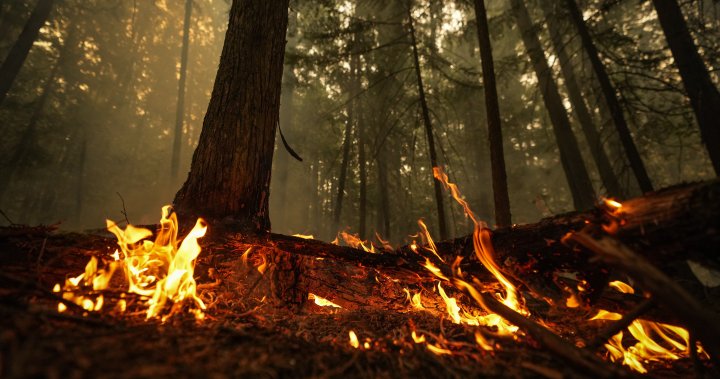
Canada’s first-ever climate adaptation strategy lacks funding, experts say
Global News
The national adaptation strategy outlines and puts timelines on Ottawa's goals to reduce wildfires, extreme heat, flooding, and a host of other impacts linked to climate change.
Canada’s first-ever climate adaptation strategy was little more than six weeks old when fast-moving wildfires swept through communities in British Columbia’s southern Interior, forcing thousands to flee and destroying hundreds of homes.
It was part of Canada’s record-breaking summer of fire – more than 19,000 Yellowknife residents were ordered to escape a threatening blaze, fire ripped into suburban Halifax and smoke from fires in Quebec blanketed New York City and Washington, D.C. Some 200,000 people were evacuated from their homes across Canada.
There was also flooding in Nova Scotia that killed four people.
The disastrous events provided a taste of the worsening impacts of climate change, and recovering from such events costs many times more than adaptation, says the federal government.
Supporters of the preventive approach worry there’s a lack of will and funding to implement the national adaptation strategy. And the longer it takes to both mitigate climate change while protecting Canadians from worsening impacts, the more costly it will become to recover from them, experts say.
The national adaptation strategy, released in June, outlines and puts timelines on Ottawa’s goals to reduce wildfires, extreme heat, flooding, and a host of other impacts linked to global heating.
“We rolled up our sleeves, engaged very directly in the drafting of the strategy, and we’re quite pleased with the result,” said Craig Stewart, vice-president for climate change and federal issues with the Insurance Bureau of Canada.
“For the first time, Canada has not only a national adaptation strategy, but one that sets near-term targets for action,” he said.











